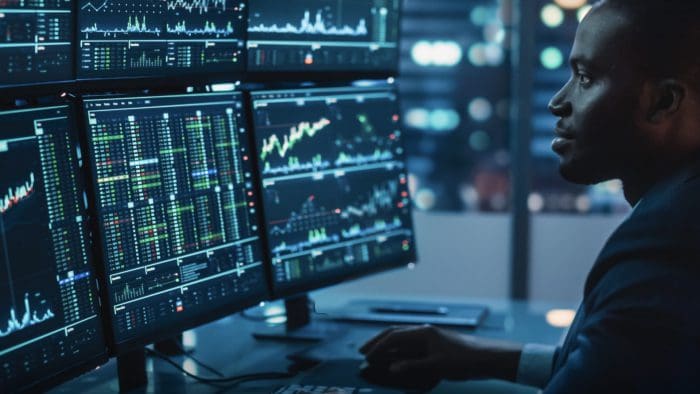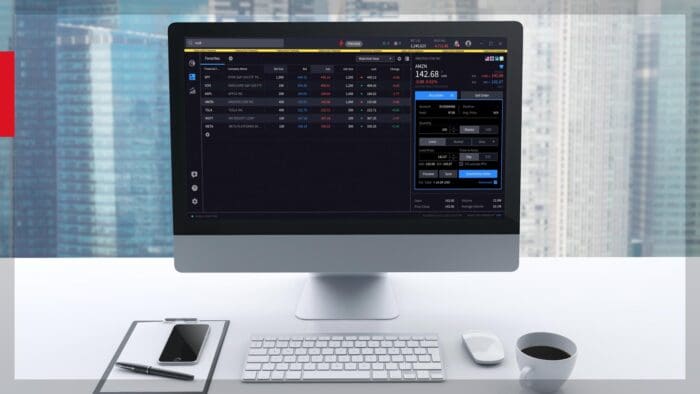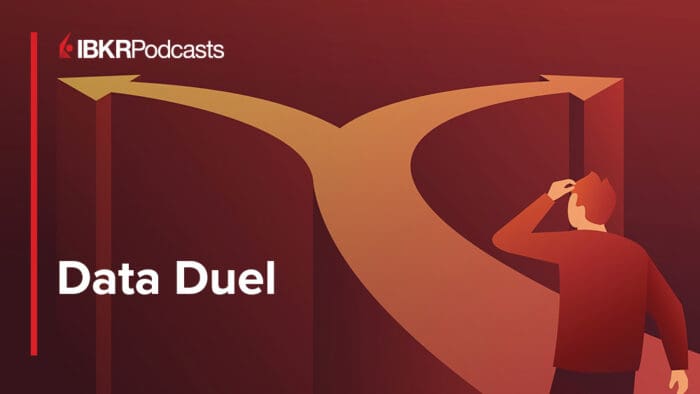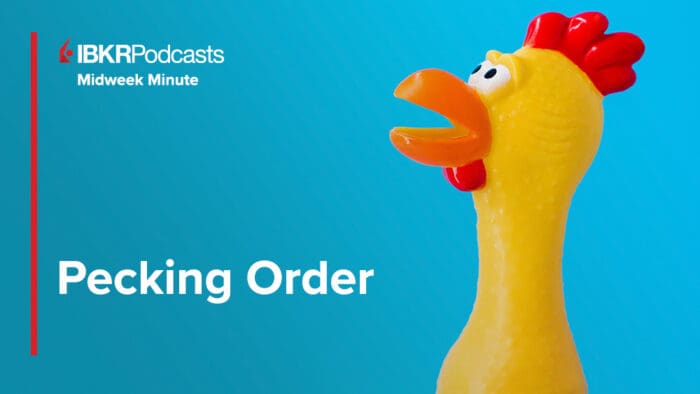We quantitative traders use math to mitigate the effects of human nature.
At the Denver Botanic Gardens Monday Jul 28, musical savant Jacob Collier played Michael Jackson’s Human Nature with some startling mathematical and technological wizardry that turned his voice into a choir. And then he turned the 2,500 of us on hand into a choir. If you have a chance to see Jacob Collier, take it. Ethereal, transporting.
In the stock market, the battle is to override one’s nature – which is prone to error – and stick to the math.
And this week, our objectivity is suffused with a lot of subjectivity called the cadence and calendar of the market. A swath of the S&P 500 reports earnings including Microsoft, Meta, Apple and Amazon.
The Federal Reserve Open Market Committee is meeting now and Jay Powell will opine about monetary policy Jul 30. Though no changes are expected, the seers will sift Mr. Powell’s words like a pack of Tarot cards. And Thursday, month-end options expire with everybody overweight equities. Then monthly US jobs data are out Friday as President Trump’s self-declared tariff deadline hits.
And this past weekend, the US and the European Union struck a deal on tariffs while Chinese and American negotiators are meeting now in Stockholm. And suddenly the market seems uncertain – almost given to human nature – about whether tariffs are good or bad.
And crazy stuff is happening. Retail traders are now behind $600 billion of daily foreign exchange trading – about the same as the dollar-volume in the entire US stock market. There are meme stocks. Cryptocurrencies are booming.
So, let’s go to the math:
The big Exchange Traded Funds (ETFs) tracking S&P 500 stocks (I’d give you a name but compliance forbids it) have intraday volatility of 0.5% the last five days, half the long-run 1% average. That could be a problem.
One thing that makes the market work is what we call the 1-2-3 Rule. S&P 500 ETFs move about 1% daily from high to low. The underlying stocks comprising the S&P 500 move 2%. And momentum is 3% or more.
Get that balance right and money falls from the sky, grows on trees. Well, so to speak.
But check the math on Short Volume, the Reg SHO Rule 201 data that we at Market Structure EDGE call “Supply.” In big ETFs tracking the S&P 500, Supply has risen from a 200-day average of 54% to a 5-day average of 63%.
In stocks comprising the S&P 500, volatility is 2.2% and has averaged more than 2% for 50 days. The 200-day average is 2.5%. Five-day average Short Volume (as you can see at EDGE) is 52% vs the 200-day average of 50%.
Could arbitragers shrink the spread in ETFs too much and cause the arbitrage mechanism to fail? Dunno. One conclusion in the data, the market is dependent on SUPPLY – Short Volume. So then what threatens stability isn’t turbulence but sudden uncertainty among all the arbitrage machines on whether to go long or short.
For clues on that, at EDGE we watch these three drivers:
Broad Sentiment. Up to 5.2, Supply about 52% and MAYBE bottoming again soon, the trend says, unless something changes. Here’s an interesting tidbit: Since July 18, S&P 500 stocks have had net selling four days, net buying three days. It’s flying by wire. If Jul 29 is a net selling day, there’s an imbalance.
Context. The FOMC meeting concludes Wednesday with a statement. Index options expire Thursday. Jobs data Friday. Tariff deadlines could come or go. Earnings. Beware things are squirrely.
Divergence. A lot of stocks show rising Demand, falling Supply (divergence). The EDGE Momentum and Low Volatility portfolios have a combined 31 choices. That’s a lot. But Context could trump Divergence.
Everybody seems to think the market is about to fall. Yet when it does, the manner will still surprise everybody. Let’s watch Volatility, Demand trend, Supply trend. Those things will tell us. And it’ll be sudden and then maybe sustained. That’s what the math says.
PS – Come join the next live Discussion ahead of Jobs Friday. You’ll want to be armed with the best data.
Disclosure: Interactive Brokers Third Party
Information posted on IBKR Campus that is provided by third-parties does NOT constitute a recommendation that you should contract for the services of that third party. Third-party participants who contribute to IBKR Campus are independent of Interactive Brokers and Interactive Brokers does not make any representations or warranties concerning the services offered, their past or future performance, or the accuracy of the information provided by the third party. Past performance is no guarantee of future results.
This material is from Market Structure EDGE and is being posted with its permission. The views expressed in this material are solely those of the author and/or Market Structure EDGE and Interactive Brokers is not endorsing or recommending any investment or trading discussed in the material. This material is not and should not be construed as an offer to buy or sell any security. It should not be construed as research or investment advice or a recommendation to buy, sell or hold any security or commodity. This material does not and is not intended to take into account the particular financial conditions, investment objectives or requirements of individual customers. Before acting on this material, you should consider whether it is suitable for your particular circumstances and, as necessary, seek professional advice.
Disclosure: Options Trading
Options involve risk and are not suitable for all investors. For information on the uses and risks of options, you can obtain a copy of the Options Clearing Corporation risk disclosure document titled Characteristics and Risks of Standardized Options by going to the following link ibkr.com/occ. Multiple leg strategies, including spreads, will incur multiple transaction costs.
Disclosure: Forex
There is a substantial risk of loss in foreign exchange trading. The settlement date of foreign exchange trades can vary due to time zone differences and bank holidays. When trading across foreign exchange markets, this may necessitate borrowing funds to settle foreign exchange trades. The interest rate on borrowed funds must be considered when computing the cost of trades across multiple markets.
Disclosure: Digital Assets
Trading in digital assets, including cryptocurrencies, is especially risky and is only for individuals with a high risk tolerance and the financial ability to sustain losses. Eligibility to trade in digital asset products may vary based on jurisdiction.
Disclosure: ETFs
Any discussion or mention of an ETF is not to be construed as recommendation, promotion or solicitation. All investors should review and consider associated investment risks, charges and expenses of the investment company or fund prior to investing. Before acting on this material, you should consider whether it is suitable for your particular circumstances and, as necessary, seek professional advice.















Join The Conversation
For specific platform feedback and suggestions, please submit it directly to our team using these instructions.
If you have an account-specific question or concern, please reach out to Client Services.
We encourage you to look through our FAQs before posting. Your question may already be covered!